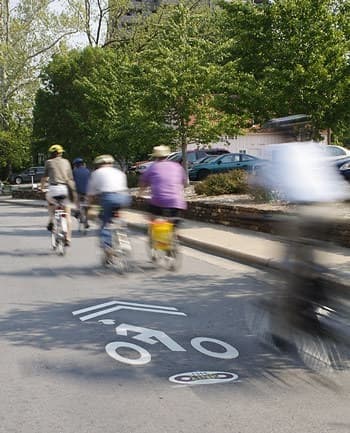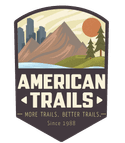Expanding the traditional trail organization into an effective multi-modal initiative to get improved trail, sidewalks, bike lanes, and the support needed in your community.

Trail systems and networks are being developed across the country. Often these community trails are developed independently of other transportation systems such as neighborhood streets, roads, and transit systems. This session will explore the elements of street design, the value of local and regional partnerships, and the use of advocacy that can help to make your community more bicycle and pedestrian friendly. The presenters will relate the success and experience of expanding the traditional trail organization into an effective multi-modal initiative to get improved trail, sidewalks, bike lanes and the community support for such in your community.
Objectives:
• Identify the causes and challenges of connecting homes to trailheads and local trail systems.
• Discuss, outline and recognize the existing value and cost savings of better utilizing local streets for bicycle commuting and transportation.
• List examples of building and planning for safer streets and thus developing a bicycle/pedestrian safe, and trail connected community.
With the growth and popularity of trails in many communities we realize that a community cannot afford to build, or maintain trails for everyone which go everywhere. This session is being developed to discuss the opportunities that exist in better utilizing a community’s street system to fill in the gaps between trails, and ultimately have an integrated transportation system. We wish to broaden the thinking of attendees to consider the lost opportunities their streets offer, increase their awareness of the possibilities, process and techniques to promote such use, and how to initiate a movement in their community for such change.
We will be presenting not only the benefits of a multi-modal street system for connection trails, but the “green dollar” cost savings that exist for users and municipalities. We will also be including examples and discussion on the movement to leave the car behind and encourage the use of alternative (bike, bus, walk, rideshare) transportation in a community. As a real life example we will be using the City of Springfield’s “Go Smart Springfield” project which was developed in 2011 and went public in 2012
Trail Competencies
No skills listed.Relevant Trail Types
General. All trail types are relevant.
You may also like
Related Upcoming Trainings
This training has been viewed 175 times.
